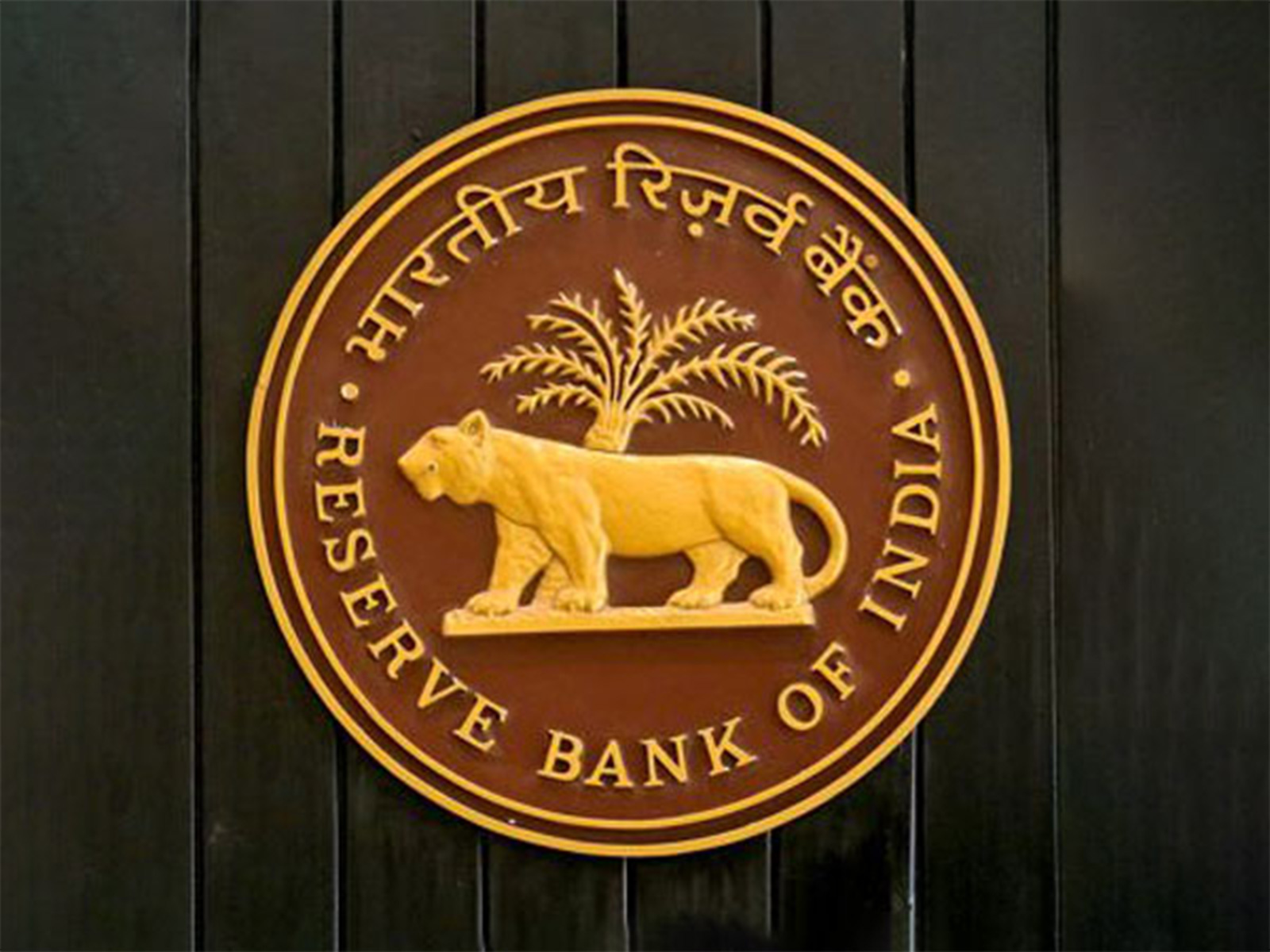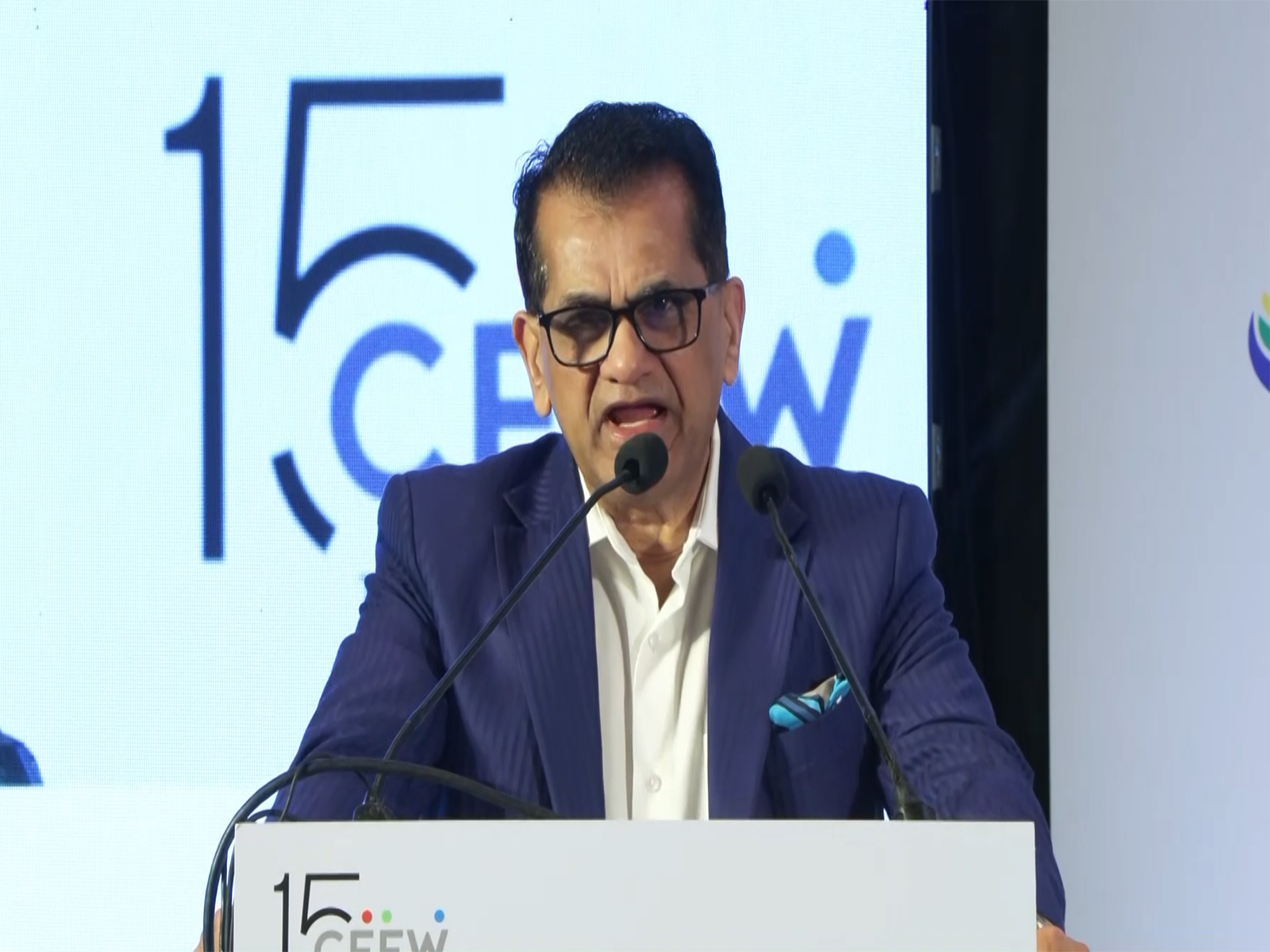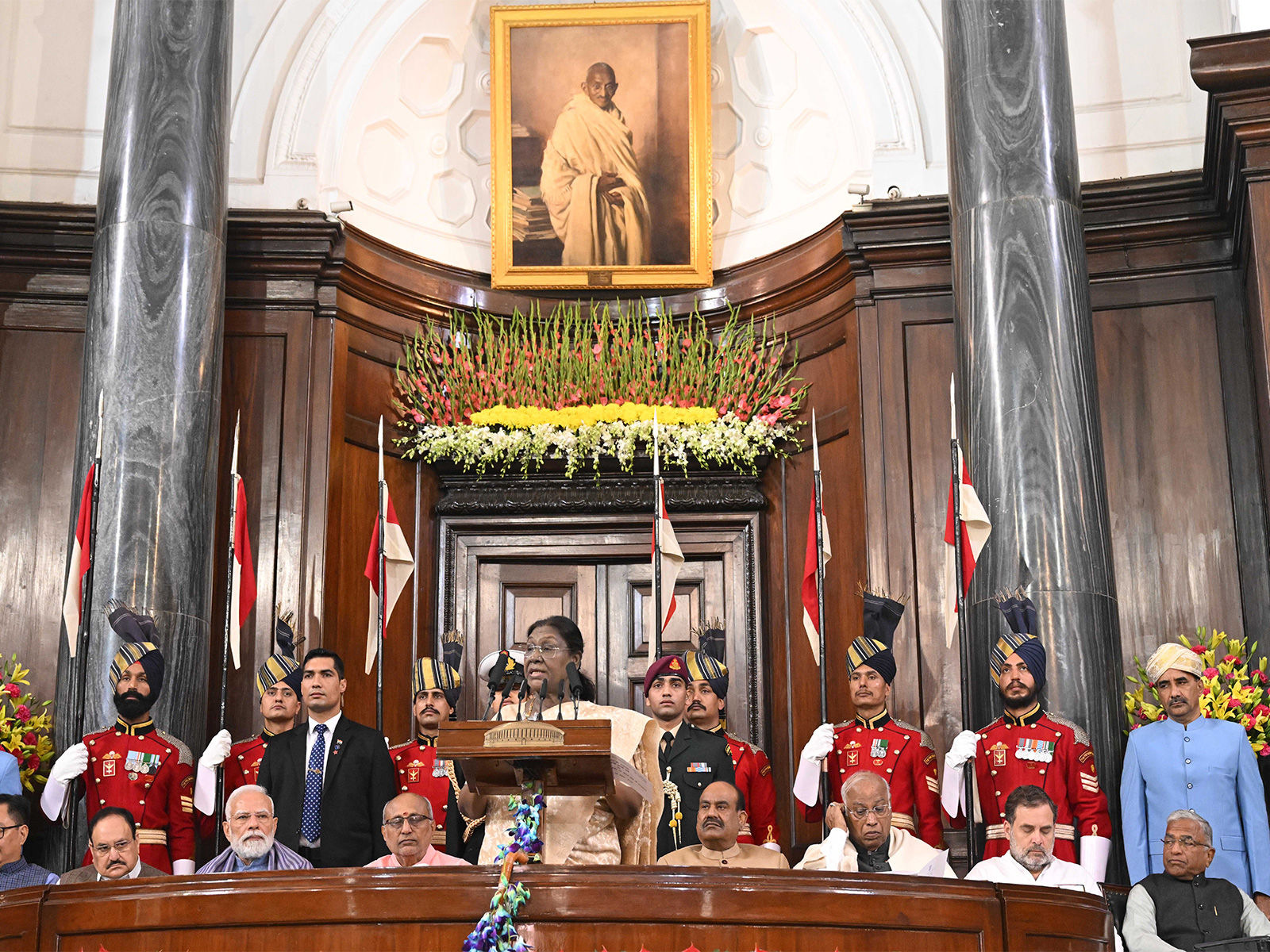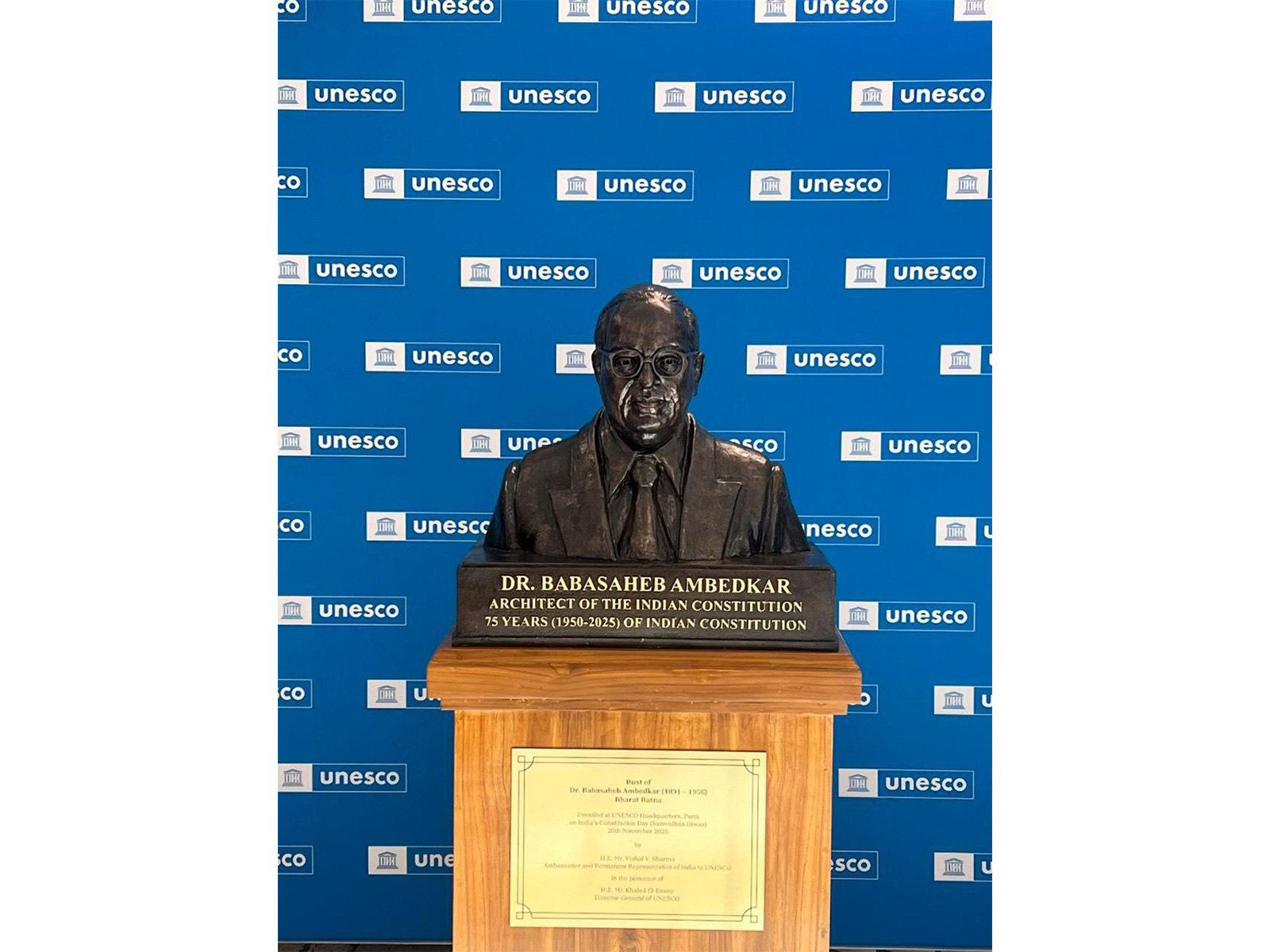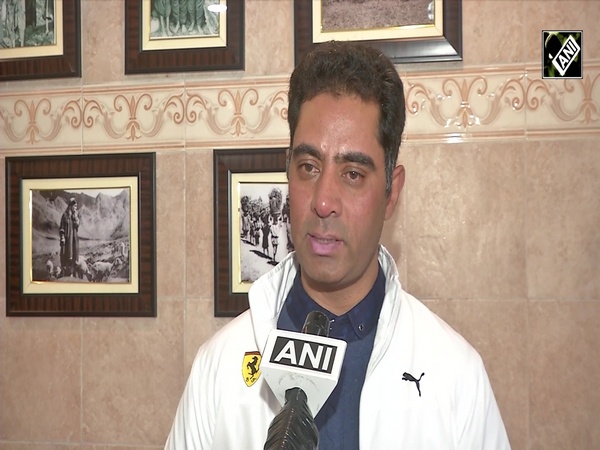Odisha: From tragedy to triumph - Leading the World in disaster management
Nov 04, 2023

New Delhi [India], November 4 : Odisha, a state on the east coast of India, serves as a beacon of hope and resilience in the world of disaster management, according to a report by The World Bank.
Twenty-five years have passed since the devastating Super Cyclone wreaked havoc on Odisha, affecting 18 million people and causing over 10,000 tragic losses.
However, this tragedy marked a turning point in Odisha's history, propelling it to become a global leader in disaster management.
In the aftermath of the Super Cyclone, Odisha was the first Indian state to establish a disaster management authority in 1999, setting the stage for a remarkable transformation.
The Odisha State Disaster Management Authority (OSDMA) was born, well ahead of the formation of the National Disaster Management Authority (NDMA) in 2005.
Unlike the conventional approach to disaster management, Odisha decided to empower local communities by placing them at the core of disaster mitigation efforts.
Gram panchayats, women's self-help groups, and a cadre of over 100,000 volunteers were trained to reduce disaster risk and manage rescue and relief operations.
Even today, the OSDMA organizes extensive community-led mock drills in June and November, involving various government departments, district collectors, gram panchayats, NGOs, and thousands of trained volunteers.
Empowering communities was just the beginning. Creating disaster-resilient infrastructure became equally crucial.
OSDMA, in collaboration with global partners, including the World Bank, embarked on the journey of constructing over 800 multi-purpose cyclone shelters with evacuation routes along the entire coastline.
Protective embankments were raised to shield seaside villages from the sea's encroachment, while vulnerable families were assisted in transitioning from straw huts to new, multi-hazard disaster-resilient houses.
One of Odisha's most remarkable achievements is the creation of an early warning system that disseminates critical disaster-related information to the last mile.
Nearly 1,200 villages in all the coastal districts receive cyclone or tsunami warnings through sirens and mass messaging. The system, with watchtowers stationed in over 120 coastal locations, forms the bedrock of Odisha's disaster preparedness and response.
Two decades of dedicated effort in building both resilient infrastructure and resilient communities have paid off, helping the state handle cyclones and other disasters with minimal casualties.
Despite the progress, Odisha is aware that the journey continues, especially as the state anticipates more frequent and intense climate-induced events, including cyclones, heatwaves, droughts, extreme rainfall, floods, flash floods, storm surges, and sea-level rise.
As climate risks mount, Odisha is raising its bar for cyclone risk mitigation and exploring advanced technologies while ensuring that these solutions are accessible and owned by local communities.
The state's experience serves as a vital lesson for all regions grappling with the increasing threats of climate change.
Disaster preparedness and management have become a developmental priority, urgently requiring localized solutions in line with socio-cultural contexts.
Climate change is not a distant threat; it's a clear and present danger, impacting the lives and livelihoods of millions worldwide.
Pradeep Jena, Chief Secretary to the Government of Odisha, and Auguste Tano Kouame, the World Bank's Country Director for India, stand as exemplars of a collaborative approach that empowers communities and builds a more resilient future.
